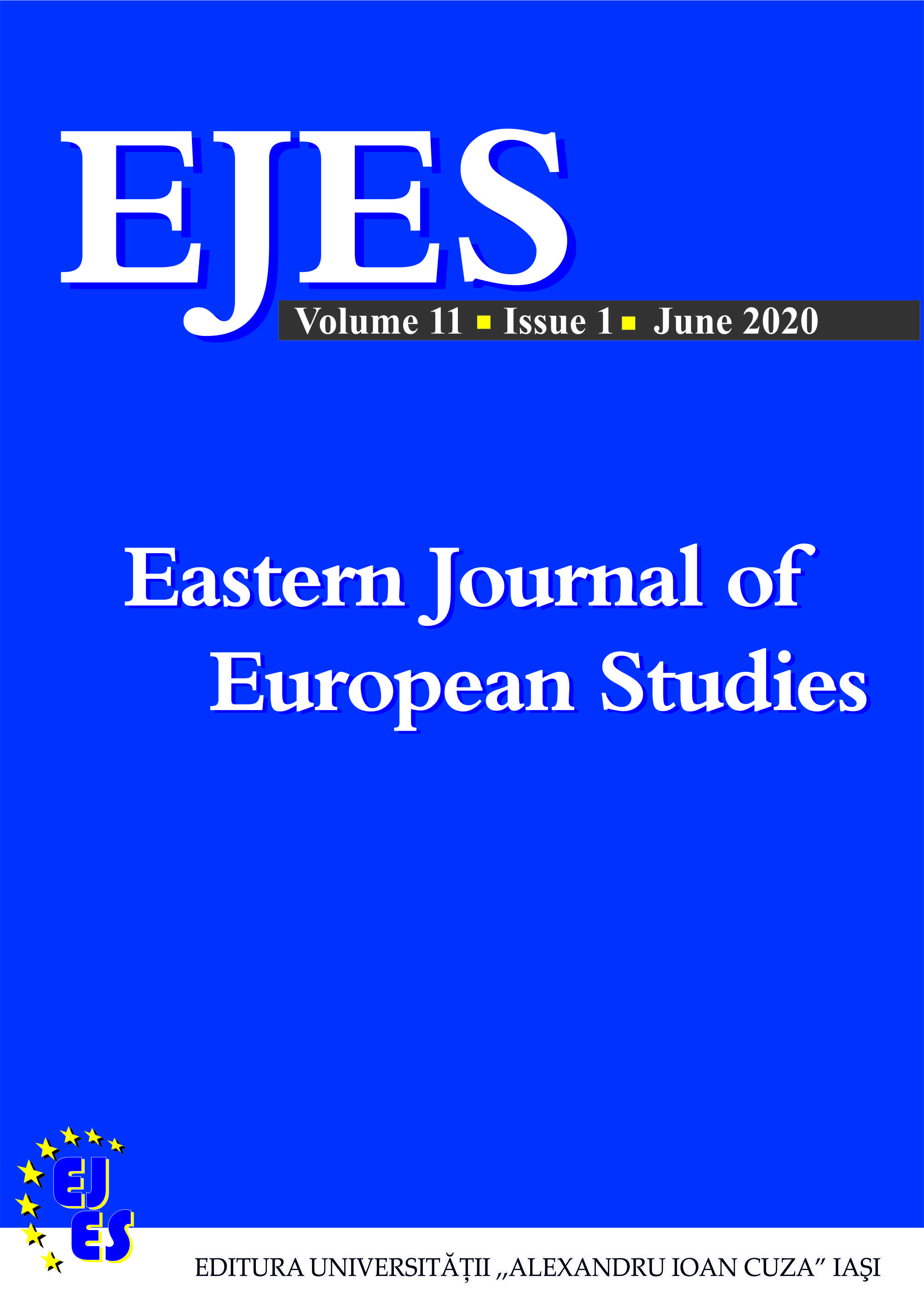The triple (T3) dimension of systemic risk: identifying systemically important banks in Eurozone
The triple (T3) dimension of systemic risk: identifying systemically important banks in Eurozone
Author(s): Abdelkader Derbali, Ali LamouchiSubject(s): Economy, Financial Markets
Published by: Editura Universităţii »Alexandru Ioan Cuza« din Iaşi
Keywords: Systemic Important Bank; Systemic risk raking; Multi-way analysis; Banking supervisor; Composite Index;
Summary/Abstract: This article has been retracted. The systemic importance of a financial institution is generally assessed by the effect on the banking system conditional on the bankruptcy of this financial institution and the creditworthiness of other financial institutions. This paper proposes a new systemic risk measure based on a multi-way analysis. The systemic risk is composed of two different components: the time and the cross- dimension. The first refers to the accumulation of banking risk and their interaction with the business cycle, while the second concerns the high-level concentration of the specific risk on relevant financial institutions. Then, we have empirically evaluated and compared Marginal Expected Shortfall, SRISK measure, and CoVaR on the basis of a representative sample of Eurozone institutions listed on the stock exchange for the period from June 2005 to May 2018. Our results show how these estimation methods produce very different systemic risk classifications for the same bank. The results, therefore, highlight the fragility and structural dependence of these measures, which may not be used for the estimation of a stable rank. Applying a three-way factorial analysis, we show how our measure gives a more stable score. Moreover, our index is the first one to be composed of both the cross-section and the temporal components, essential elements for a proper assessment of systemic risk. Finally, Regulatory authorities usually claim that one of the main reasons for regulating financial markets is precisely to reduce systemic risk. Thus, only the central banks, in their role of lender of last resort, would be able to remedy it when it materializes. But in reality, the regulation leads to a uniformity of practices which greatly increases the systemic risk.
Journal: Eastern Journal of European Studies
- Issue Year: 11/2020
- Issue No: 1
- Page Range: 87-122
- Page Count: 36
- Language: English

